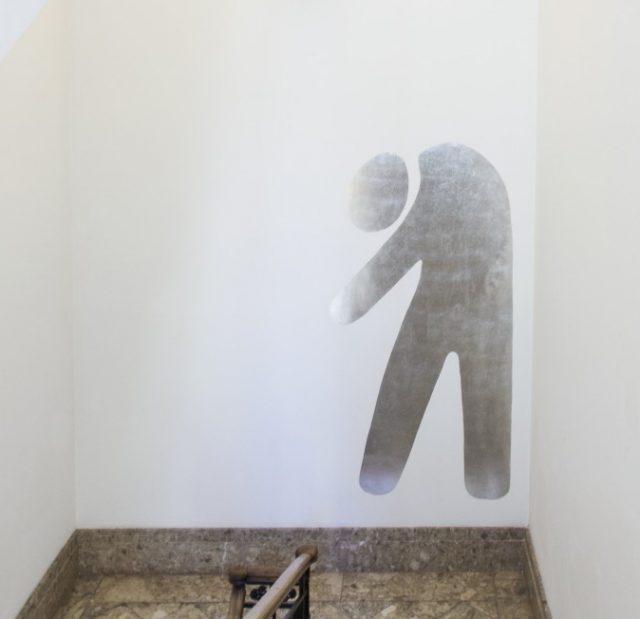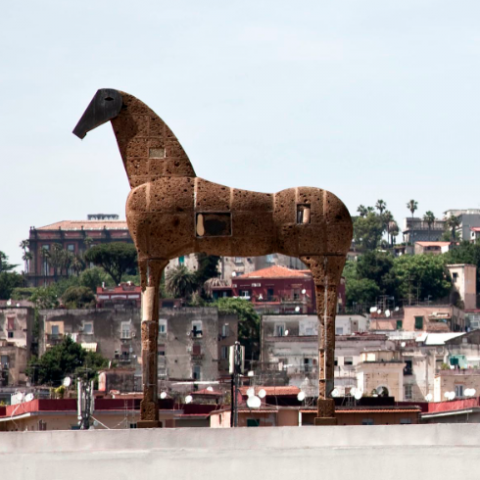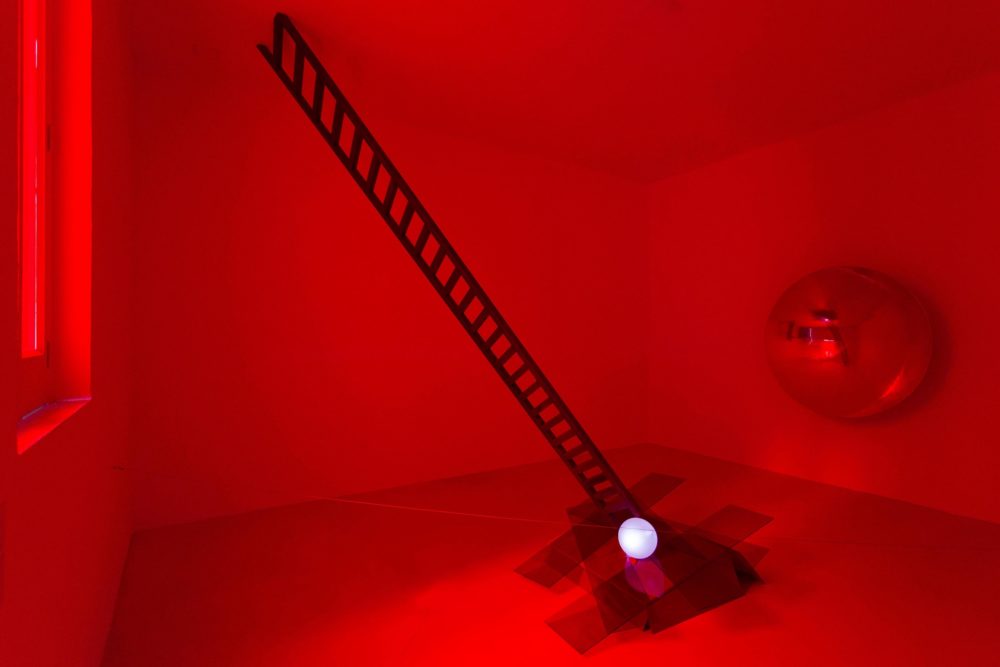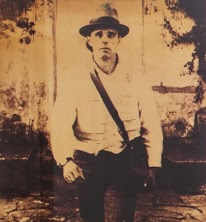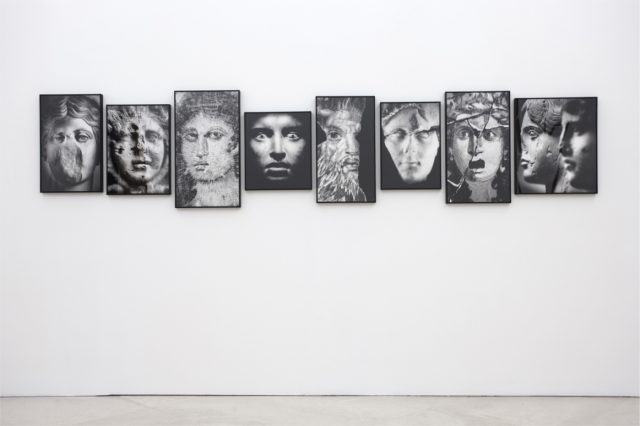A record, often brutal, of reality, social inquiry practiced as a form of contemporary narrative, reduced to the expressive essence and extreme concentration: this is the hallmark of the works of Giulia Piscitelli (Naples, 1965), who inserts in them, unmediated, the intensity of her own experiences, completely eliminating the screen separating work and artist, subject and object, art and life.
Piscitelli’s works arise from the contradictions and the problematic issues of the environment in which she works, but go beyond everyday experience and are reflected in the dynamic relationship with the outside world or, on the contrary, withdraw into an intimately reflective, almost aphasic, dimension of stalemate. The artist’s research defines precarious strategies aimed at the recovery of emotions, the perception and acceptance of frailty, diversity and the ephemeral, the revaluation of tiny things and gestures, the enhancement of the peripheral and marginal, what at first glance may seem irrelevant but, if observed carefully, can lead to alternative readings of the reality that around us. In this way the artist presents a series of micro-stories and everyday micro-events whose ethical and aesthetic paradigm and poetic power are entrusted to nuances.
By adopting an eclectic working method, alternating installation, video, photography, painting, collage and ready-mades, Piscitelli seems to center her practice on the processual element, seen as the incubation of images and situations which then develop in the works but remain as if suspended, halfway, between two possibilities: existing actively and publicly or lingering in a personal archive of memory. A student of Giuseppe Desiato, Piscitelli likes to describe herself as “a daughter of Fluxus,” a declaration of poetic expressing the close relation between artistic action and the everyday sphere, for the approach to daily life understood as an aesthetic phenomenon recoverable in art.
Slave, which appears on one of the museum’s two monumental staircases, is a site-specific installation created on the occasion of Piscitelli’s anthological exhibition Intermedium, held on the premises of the Madre from June to October 2014. The work is the monumental transposition of a symbol taken from a historical atlas and commonly used to display the development and evolution of slavery in the context of the great empires of antiquity. From this graphic source the artist draws the stylized forms of the figure portrayed, characterized by a process of extreme compositional simplification: a small man who seems to be going no one knows where, with head bowed to one side in a sign of submission.
The contradictory refinement of the work, made of silver foil applied meticulously in successive layers, deliberately clashes with the humility of the subject and the stylization. It is this short circuit, in the apparently reassuring and quiet roundedness of the image portrayed, that captures the poetic and political essence of the artist’s research, the bitterly humorous element of component reflection on the contradictions of our systems of life and thought, on the failure of our own preconceived idea of contemporaneity, and the need to bring life into art and art into life.
EV
